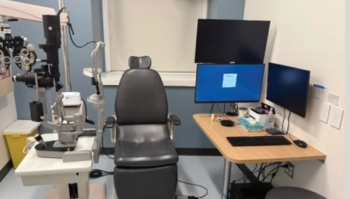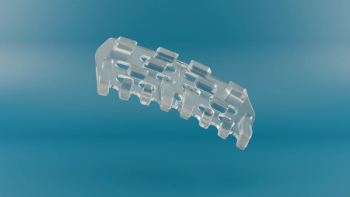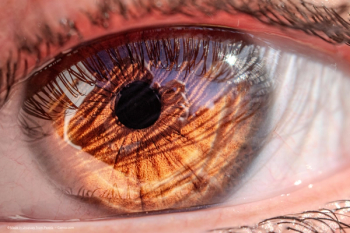
IDK: the future of glaucoma surgery?
The challenge of glaucoma surgery is not only to create a canal within the anterior chamber that acts as a pressure alleviator, it is to ensure that the canal is stable, will not close and, preferably, will alleviate intraocular pressure (IOP) to such an extent that medication is either no longer necessary or the frequency of dosing is minimized. This is the goal of every glaucoma surgeon and one that, unfortunately, is often not achieved, for a number of reasons.
The challenge of glaucoma surgery is not only to create a canal within the anterior chamber that acts as a pressure alleviator, it is to ensure that the canal is stable, will not close and, preferably, will alleviate intraocular pressure (IOP) to such an extent that medication is either no longer necessary or the frequency of dosing is minimized. This is the goal of every glaucoma surgeon and one that, unfortunately, is often not achieved, for a number of reasons.
A new technique has recently been introduced, which is certainly ticking some of the right boxes. If performed correctly, the procedure results in a stable canal and excellent levels of IOP reduction, often without the necessity for adjunct glaucoma therapy.
At the XXXVII Nordic Congress of Ophthalmology in June 2006, John Thygesen, Director of Glaucoma Services and Associate Professor at the Department of Ophthalmology, University of Copenhagen, Denmark, and colleagues, presented two very interesting studies, which examined the success and the safety of this procedure in lowering IOP.
The first presentation was an IDK pilot study. IDK surgery was performed by one surgeon (Svend Vedel Kessing, MD) in ten eyes of nine patients with complicated, refractory primary and secondary open angle glaucoma (40% uveitic glaucoma). By month 34, the mean IOP was 11 mmHg (range 6-16 mmHg), without medication, in all ten eyes. However, IDK revision with internal "needling" of postoperative subconjunctival fibrosis was performed through the original tunnel incision (step 2 below) in five eyes after an average of three months. At month 33, the post-revision mean IOP was 10 mmHg (range 8-14 mmHg) without medication in each of the five eyes. All ten eyes, showed optimal, non-cystic diffuse blebs.
The authors concluded that the preliminary results of the new IDK procedure appeared very promising. The high success rate, in spite of the complicated glaucoma cases treated, was attributed to the minimally invasive technique and the fact that IDK marked a possible new and easy surgical treatment of postoperative fibrotic bleb shrinkage. The wide, internal needling appeared to be very effective when compared with the traditional, localized, external needling.
The second study was a Danish multicentre study, designed to investigate whether IDK could present a viable alternative to traditional filtering procedures, particularly to the modern trabeculectomy.
Four Danish eye departments took part in the study, which enrolled 48 patients (54 eyes). Risk of failure factors was ≥ 1 in 80% of eyes and a mean IOP ± SD of 29 mmHg ± 6.0 was recorded preoperatively. At 10 months postsurgery, the surgeons collectively achieved success in 87% of eyes (IOP ≤18 mmHg and postoperative IOP decrease 30%) and in 69% of eyes without medication. Furthermore, apart from one case of visual impairment after hypotension maculopathy, no serious intraoperative or postoperative complications were noted. The safety of the procedure was attributed by the authors to the specific, standardized outflow system with the very small dimensions of the inner part (the microkeratostmy [step 3 below], which is 150-200 µm in diameter). Treatment success rates were also comparable between the most experienced (88%) and the less experienced surgeon (86%), although the number of postoperative complications and IOP lowering procedures were higher in less experienced surgeons. The "knife time" for an IDK procedure for the most experienced surgeon was 14.8 minutes (range 10-20 minutes). The authors concluded that the Mitomycin C (MMC) IDK may be an easier and quicker alternative to the modern trabeculectomy and that the procedure could also be recommended after failed MMC trabeculectomy.
Tell me how I can do it?
IDK is performed in parabulbar anaesthesia under a microscope (10-12x magnification), as an outpatient procedure. MMC should be administered by subconjunctival injection, in the most avascular sector of conjunctiva and sclera, approximately one week prior to surgery, to achieve an optimal anti-proliferative effect at the time of operation.
Newsletter
Get the essential updates shaping the future of pharma manufacturing and compliance—subscribe today to Pharmaceutical Technology and never miss a breakthrough.













































